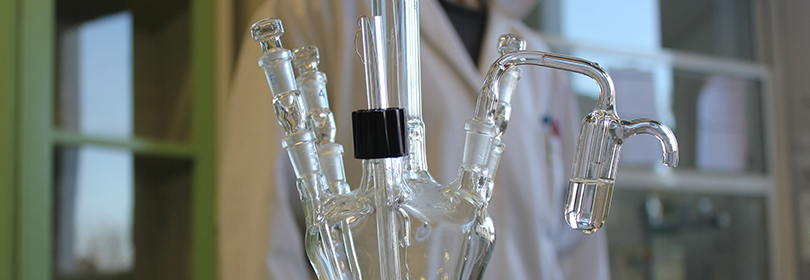The Curse of Recycled Materials in Lithium-Ion Batteries: Impurities in the Electrolyte
Petr Novák1,2
1 Technische Universität Braunschweig, Institute of Energy and Process Systems Engineering
(InES), Braunschweig, Germany
2 Technische Universität Braunschweig, Battery LabFactory Braunschweig, Braunschweig,
Germany
As the battery industry increasingly embraces circular production approaches, the recycling and reuse of active materials from spent lithium-ion cells introduces new challenges, particularly with regard to impurity management. The presentation investigates the influence of metallic and non-metallic contaminants originating from recycled cathode materials on the electrochemical performance of lithium-ion batteries, with a focus on both the electrolyte and the positive oxide electrode. Using NMC811- and NCA-based full and half cells, the study systematically evaluates the eLects of intentional contamination with transition metals (Ni, Mn, Co) and other elements (Al, Cu, Fe) on electrolyte and cell behavior. Charge/discharge analysis, impedance spectroscopy, and NMR were employed to explore overpotentials, coulombic eLiciency, and electrolyte degradation. The results show that even trace impurities can significantly aLect the cathode-electrolyte interphase (CEI), leading to increased resistance, reduced practical specific charge, and faster capacity fading. Notably, aluminum and nickel were identified as particularly harmful, contributing to surface layer formation and electrolyte decomposition. The study highlights the critical need for impurity control in battery recycling and suggests that electrolyte aging and autocatalytic reactions, especially those involving water and HF, require more in-depth thermodynamic understanding. These findings underscore the trade-oLs in battery sustainability and performance, and the importance of developing purification strategies tailored to recycled feedstocks.
Infos lieu
Salle Michel Pons
